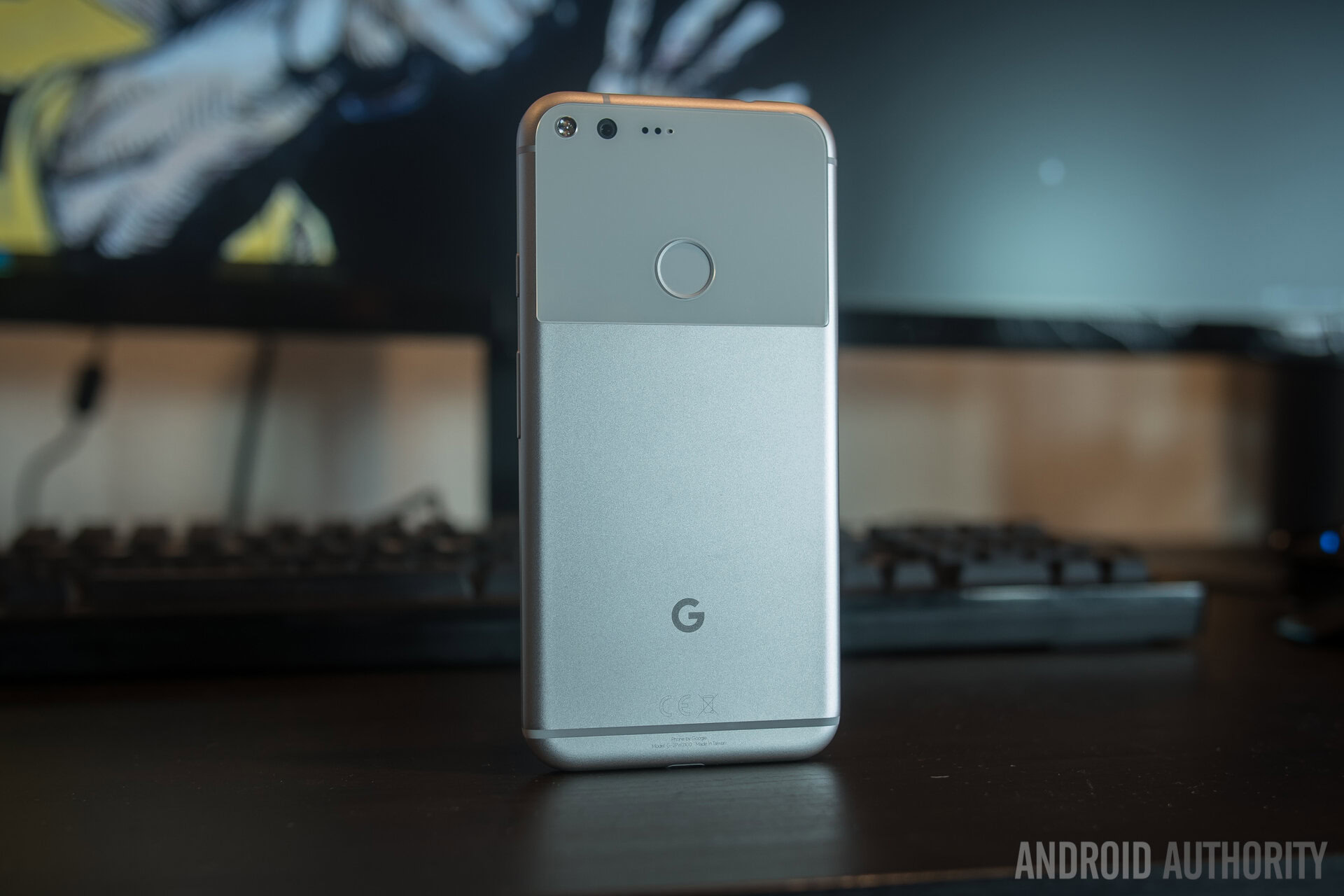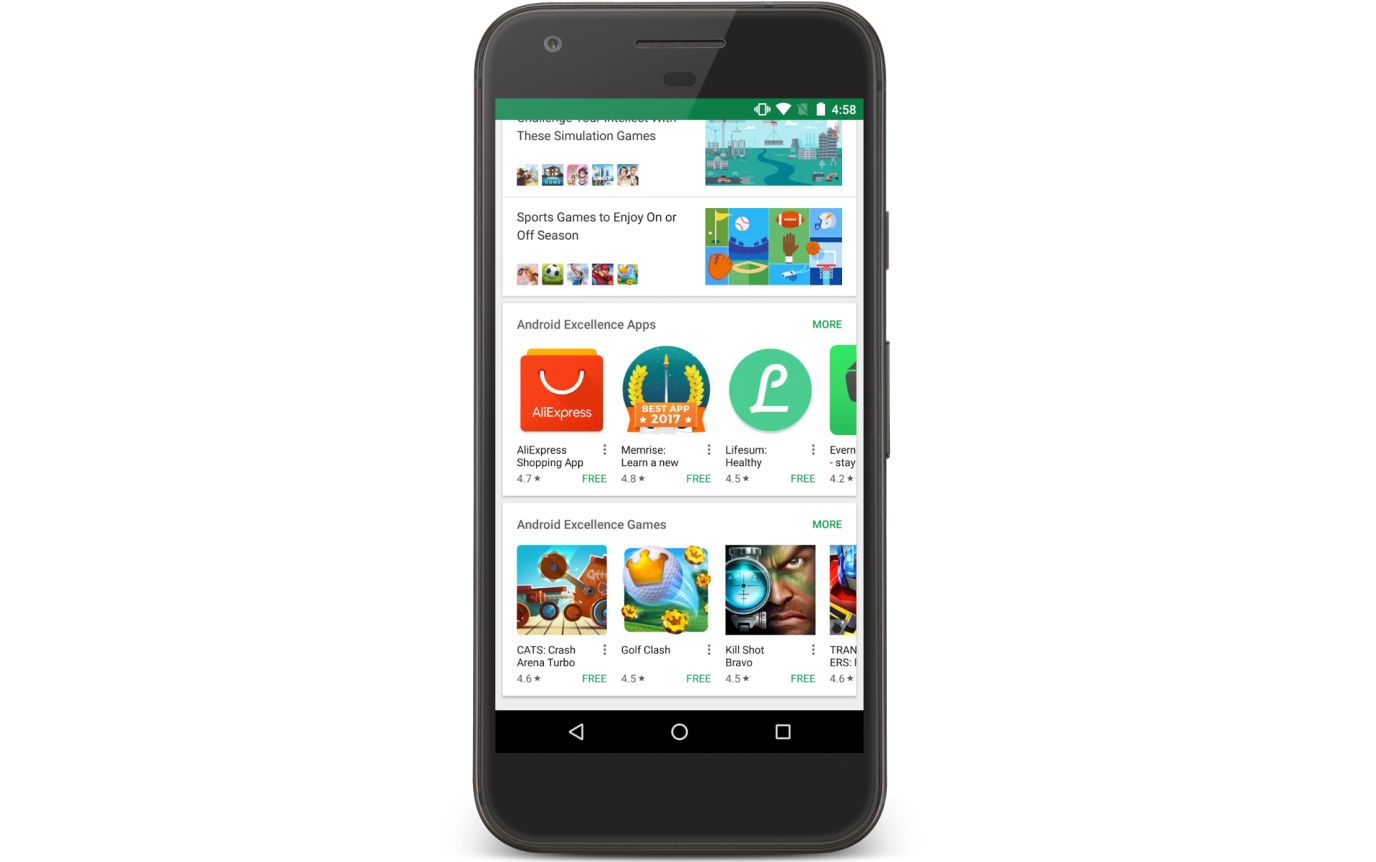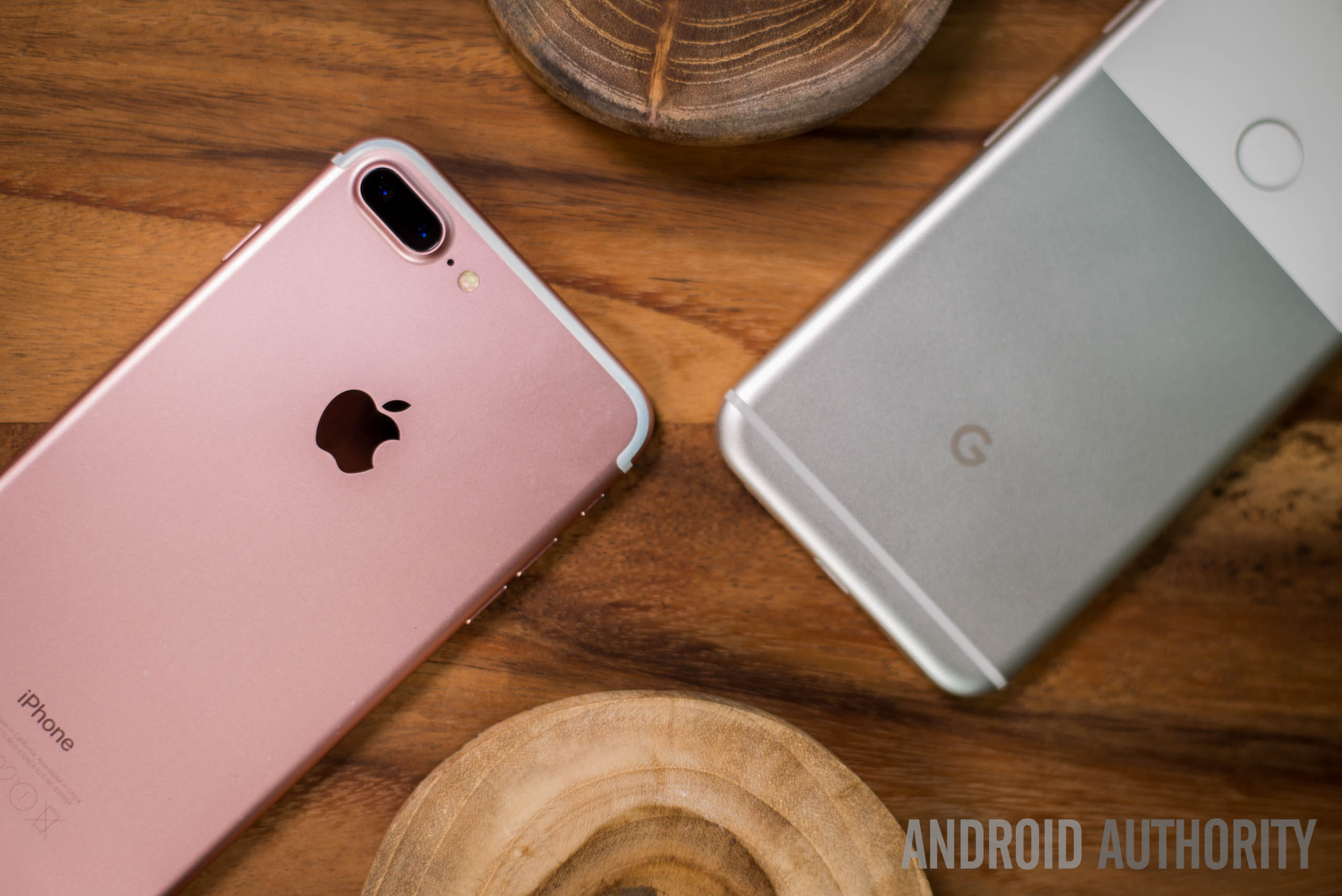Affiliate links on Android Authority may earn us a commission. Learn more.
Google Pixel and Pixel XL shipments reportedly reach one million

More than one million Google Pixel and Pixel XL devices are now believed have shipped. Though Google doesn’t release official sales figures for its phones, the shipment numbers have been estimated based on data from the Google Play Store.
One of the key features of Google Play is that it displays how many times an app has been installed on different Android devices. By looking at the installs of an app like the Pixel Launcher, which is exclusive to the Pixel and Pixel XL phones, we can get a rough idea of how many of the devices have been sold.
Now, I say rough idea because these install counts only cover bands like 50,000-100,000 or, in the Google Pixel’s case, 1,000,000-5,000,000. However, Ars Technica had been keeping an eye on this: so we know that the Pixel Launcher has only just crossed the one million threshold from the previous 500,000-1,000,000 tier, seven months after the release of the Pixel and Pixel XL.
For clarity, the app install number is based on installs per device — it doesn’t matter how many times an app is uninstalled and reinstalled — and includes pre-installed apps too.

So, how do the Pixel and Pixel XL stack up against other manufacturers? Access to comparable figures, timeframes and markets is understandably difficult to obtain, but the following data will give you some idea.
Samsung sold five million Galaxy S8 and S8 Plus units after just 26 days of availability, despite having their initial release limited to a few key markets like South Korea and North America. In South Korea alone it only took a reported 37 days to reach one million devices sold locally, while the S7 and S7 Edge are believed to have taken 74 days to reach the same mark.
The LG G6, on the other hand, is said to have scored 30,000 sales in its first two days, and one analyst suggested that its sales may “stand at 400,000 units in the first quarter [2017] and 1.7 million units in the April-June period.” Those sales estimates — around two million units in six months — are roughly double that of the Pixels: one million over seven months. It should be noted that there are two Pixels and two Galaxy S8’s compared to the one G6.

Huawei, meanwhile, is reportedly targeting 10 million total sales of its P10 and P10 Plus, but we don’t have current estimates for those.
Apple’s iPhone 7 sales numbers are also difficult to examine. Apple sells hundreds of millions of phones per year, but that’s including all iPhone devices, not just the latest models. The iPhone 7 launched in September, 2016, and by the end of the year, analysts were predicting shipments between 70 and 75 million, while Apple suppliers expected something closer to the 100 million units mark (and around 220 million total sales for the iPhone 7 and 7 Plus during their lifetime).
It would appear, then, that the Pixel and Pixel XL are comparatively weak-selling flagship phones, but there are many factors at play here. These are Google’s “first phones,” the first that it has put its name on and marketed as its own product. They’re also sold mostly online rather than in stores. In other words, one million shipments for the Pixels in seven months isn’t bad going — despite that Google probably could have achieved more if it got its stock levels right.